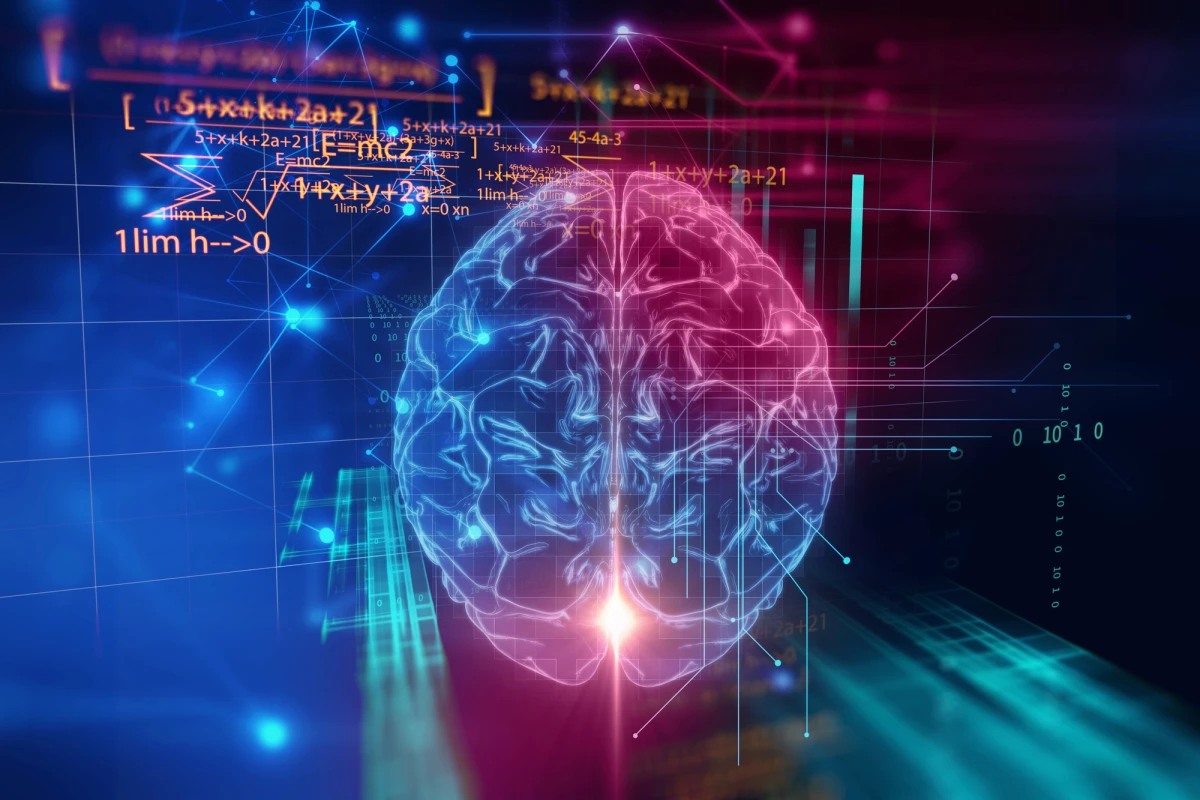It was another bumper year for breakthroughs, records, and firsts for science, in fields ranging from conception to death, with some freak waves and prehistoric fish hearts thrown in for good measure. New Atlas looks back at the year in science for 2022 and selects some of the most interesting stories to grace our pages.
US Department of Energy reports first-ever achievement of fusion ignition
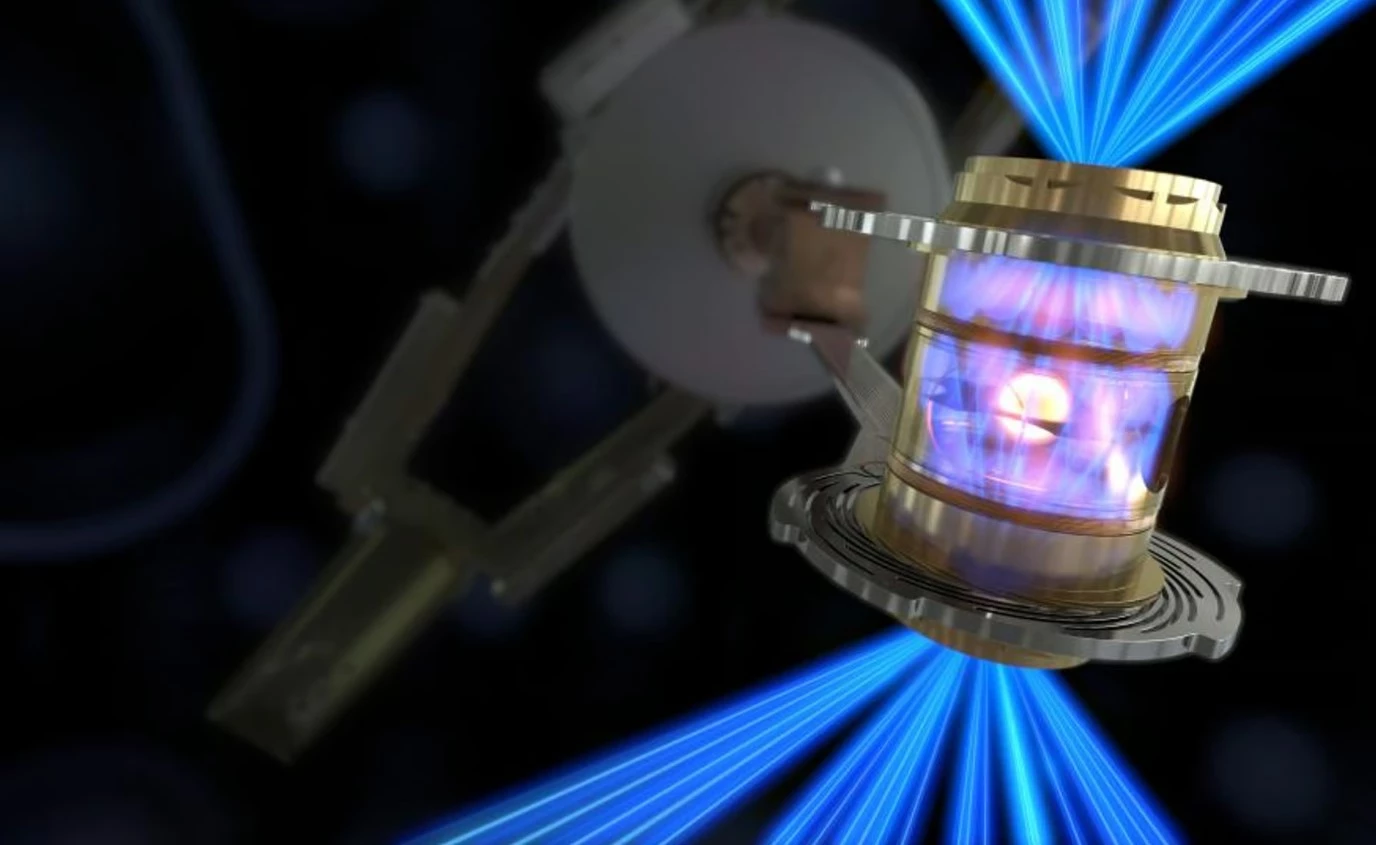
This year saw a number of firsts and the biggest of them may be the announcement by the US Department of Energy's Lawrence Livermore National Laboratory (LLNL) that it had achieved a breakthrough in the quest for commercial fusion power. On December 5, the agency's National Ignition Facility (NIF) used 192 lasers focused on a tiny sphere of hydrogen isotopes to produce a fusion reaction that generated more energy than was pumped into it.
Oxford spinoff demonstrates world-first hypersonic "projectile fusion"
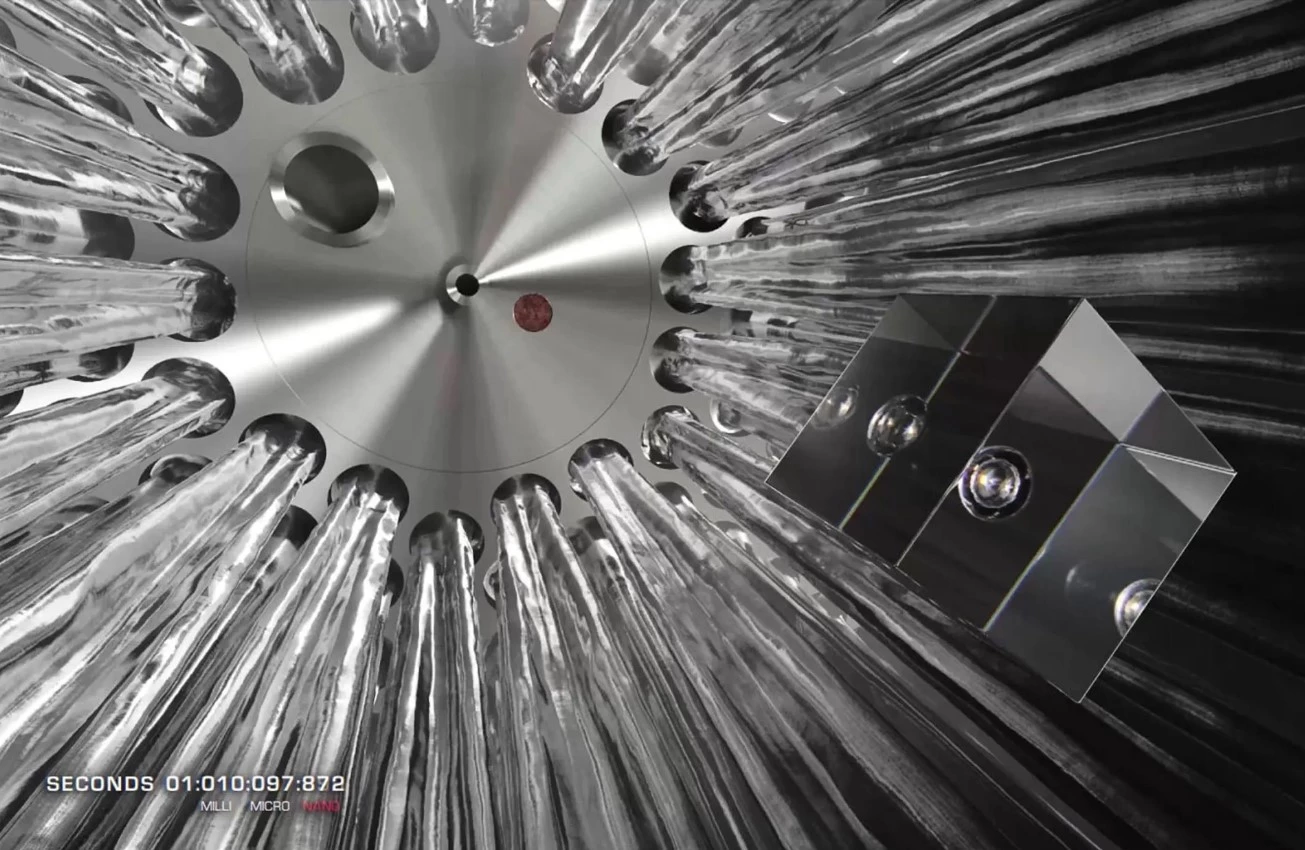
In April, Oxford University spinoff First Light Fusion used a bit of lateral thinking to create a new process to achieve fusion. Instead of lasers and magnets, the startup uses projectiles flying at Mach 19 at embedded fuel pellets in tiny, falling cube targets to generate shock waves flying at Mach 204 to create fusion conditions.
US nuclear regulator greenlights its first small modular reactor

Fission power might seem a bit 20th century, but the technology is still evolving as NuScale's generation-IV modular nuclear reactor demonstrates. It became the first small modular reactor (SMR) design to gain approval from the US Nuclear Regulatory Commission, raising the promise of cheaper, scalable nuclear power plants that can be tailored to local needs.
Researchers run a gas turbine on pure hydrogen in world first
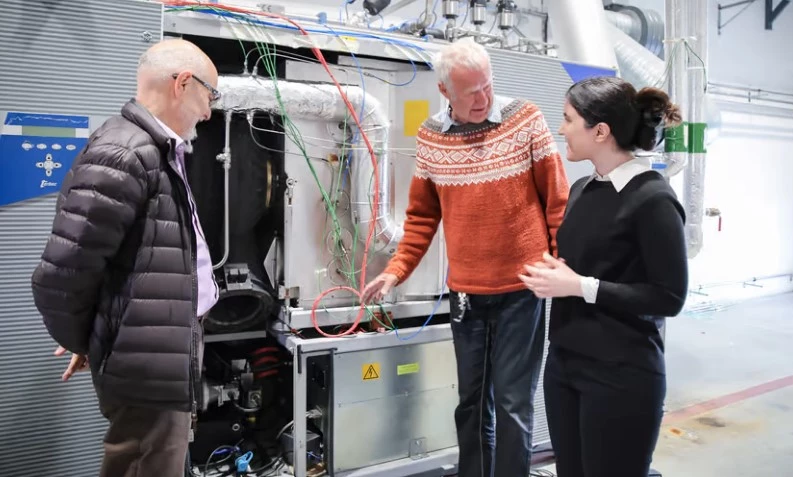
On the conventional energy front, researchers at the University of Stavinger in Norway claim to have built a gas micro-turbine that can run on 100% hydrogen instead of a natural gas/hydrogen blend.
US Navy wirelessly beams 1.6 kW of power a kilometer using microwaves
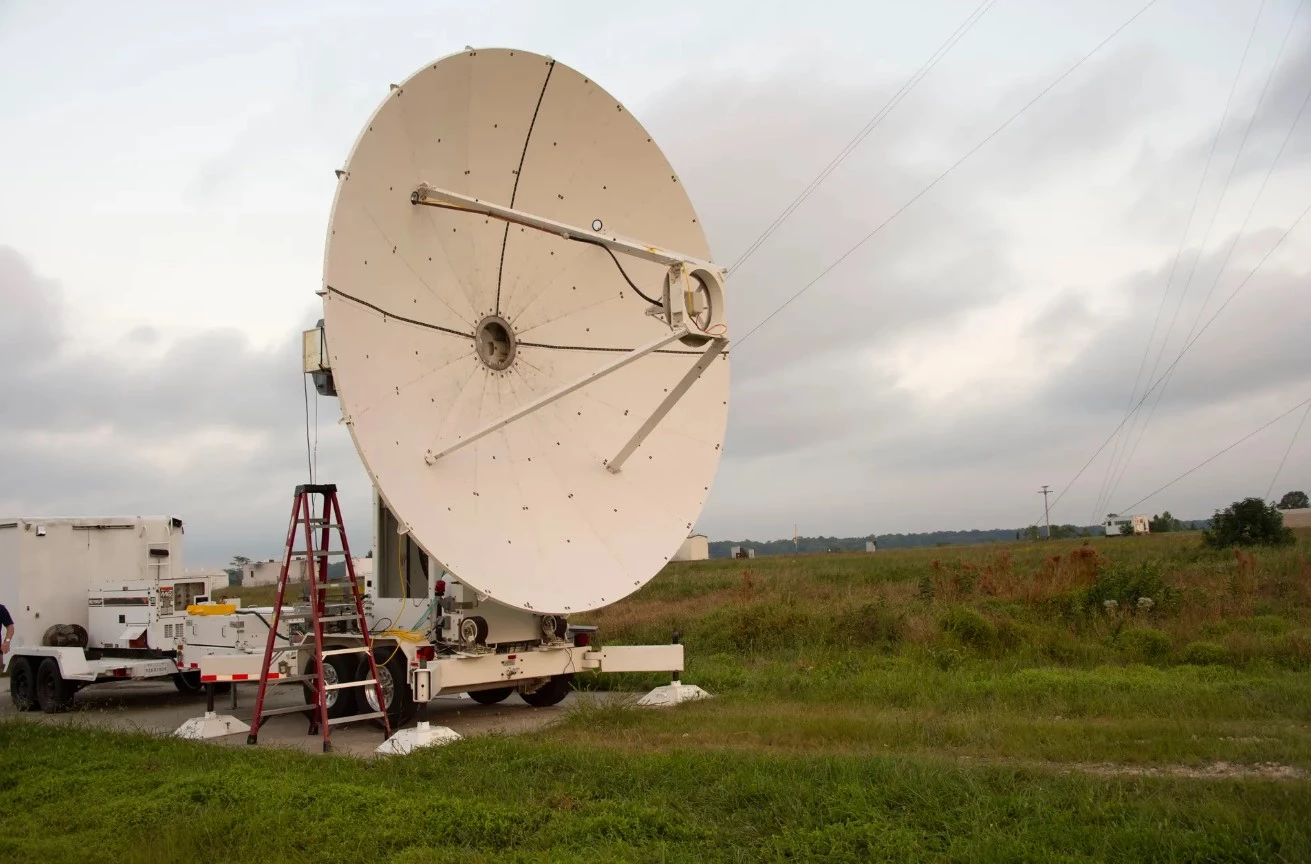
Meanwhile, the US Naval Research Laboratory (NRL) demonstrated that its Safe and Continuous Power Beaming – Microwave (SCOPE-M) system could beam 1.6 kW of power across a distance of over a kilometer (0.62 miles) at the US Army Research Field in Maryland, opening the possibility of one day beaming power to Earth from orbital solar power stations.
Fusion tech is set to unlock near-limitless ultra-deep geothermal energy

MIT spin-off Quiase is applying fusion energy technology in an unexpected way. Instead of trying to fuse hydrogen atoms to generate power, the company wants to use gyrotron beam technology originally developed for fusion programs to drill holes up to 20 km (12.4 miles) deep to tap the Earth's tremendous reserves of geothermal energy.
First human patients receive transfusions of lab-grown blood cells
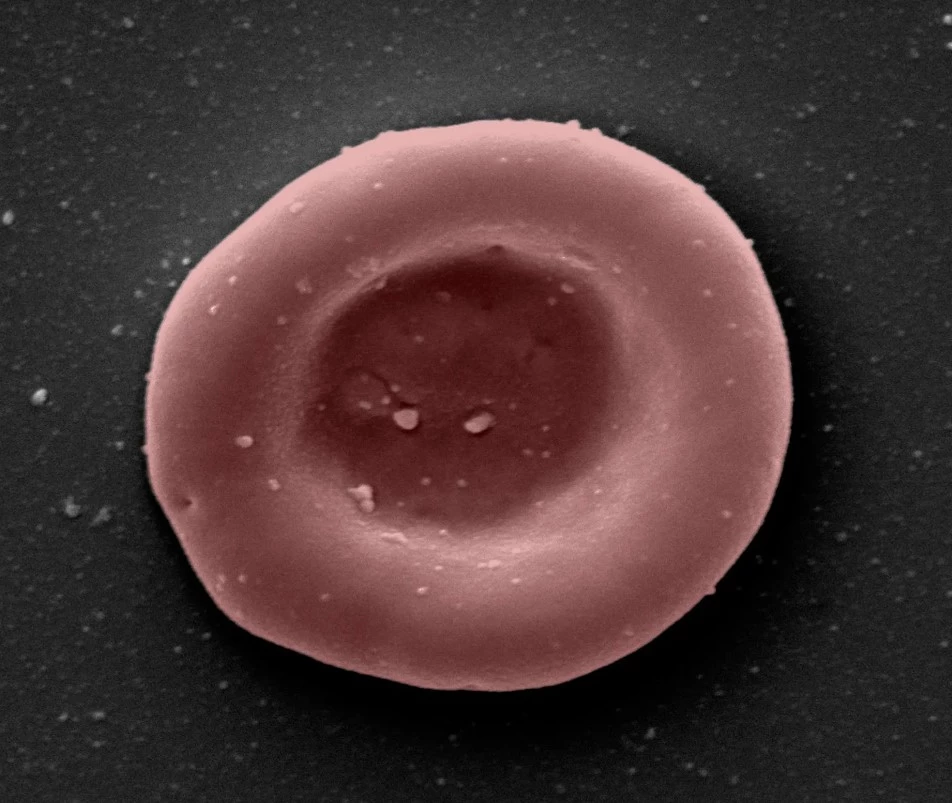
In a medical first, a clinical trial by Britain's National Health Service performed the first transfusions to human patients of blood cells grown in a lab from stem cells. This not only opens the prospect of alleviating blood shortages by eliminating the need for donors, but could also lead to better treatment for conditions where it is difficult to find compatible donors.
World-first stem cell therapy trial treats spina bifida before birth

Another medical first came from UC Davis Health in California where the world's first clinical trials of a stem cell treatment for spina bifida while in the womb ended in three healthy births, with 33 more expected to follow.
World-first pig-to-human heart transplant performed in US
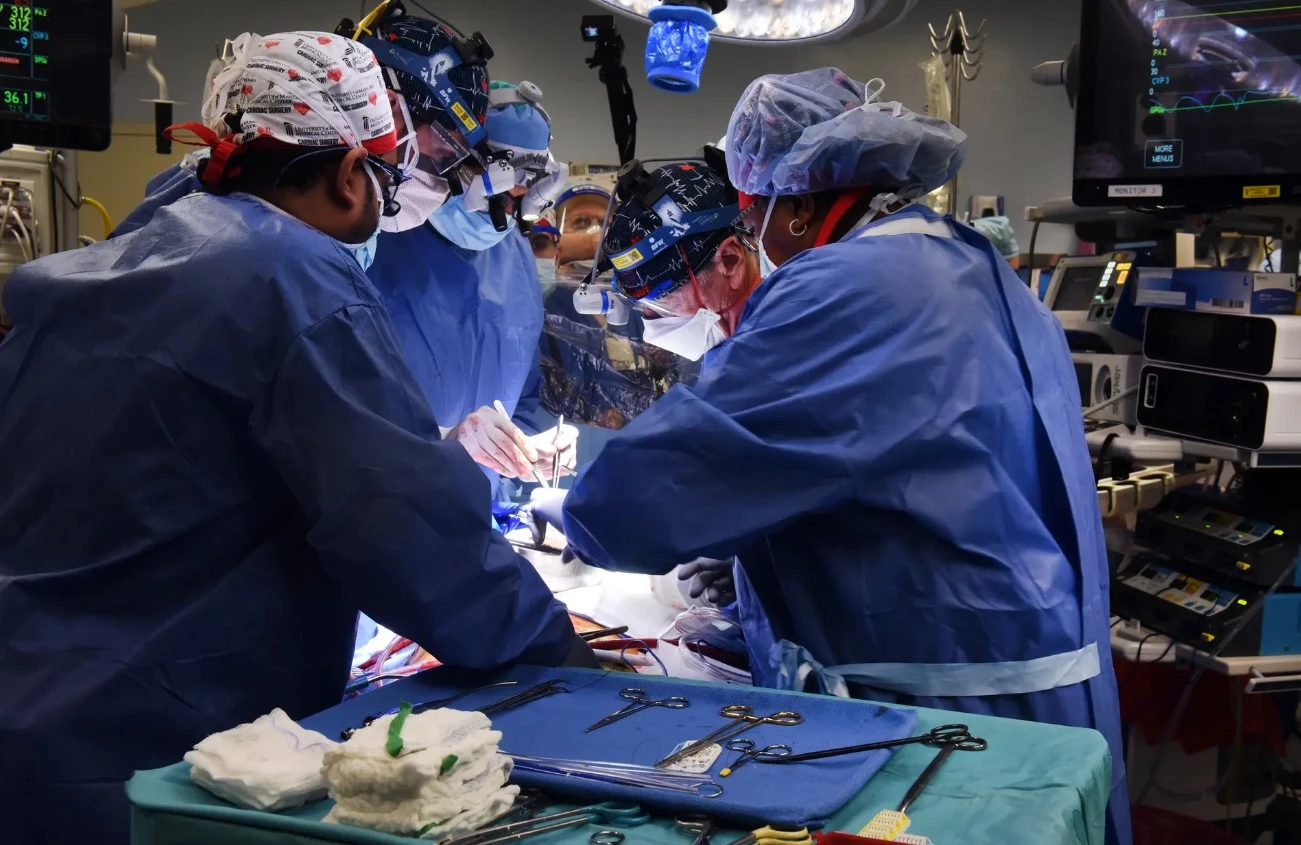
Another first came in January at the University of Maryland Medical Center, where the first transplant of a pig's heart to a human in the US was performed. The pig's heart supplied by regenerative medicine company Revivicor was genetically engineered to reduce the threat of tissue rejection and raises the hope of one day eliminating the current chronic shortage of suitable human heart donors.
China turns on the world's largest compressed air energy storage plant
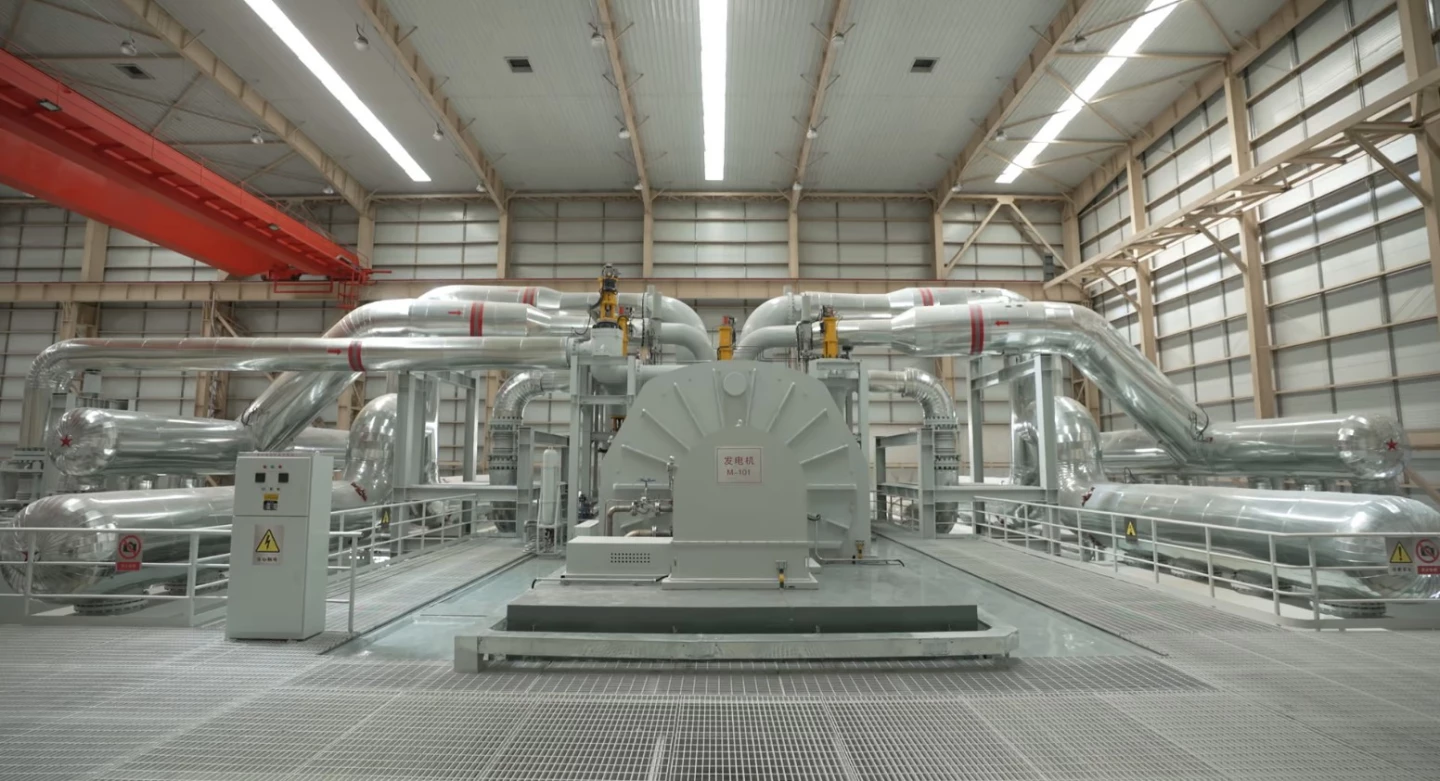
Back in the realm of renewable energy, China set a new world record for the largest Compressed Air Energy Storage (CAES) plant as the Chinese Academy of Sciences connected its 100-MW advanced CAES system to the Chinese national power grid. The new plant is claimed to store up to 400 MWh of energy, or enough to power up to 60,000 homes.
Simple alloy claims crown of toughest material ever recorded
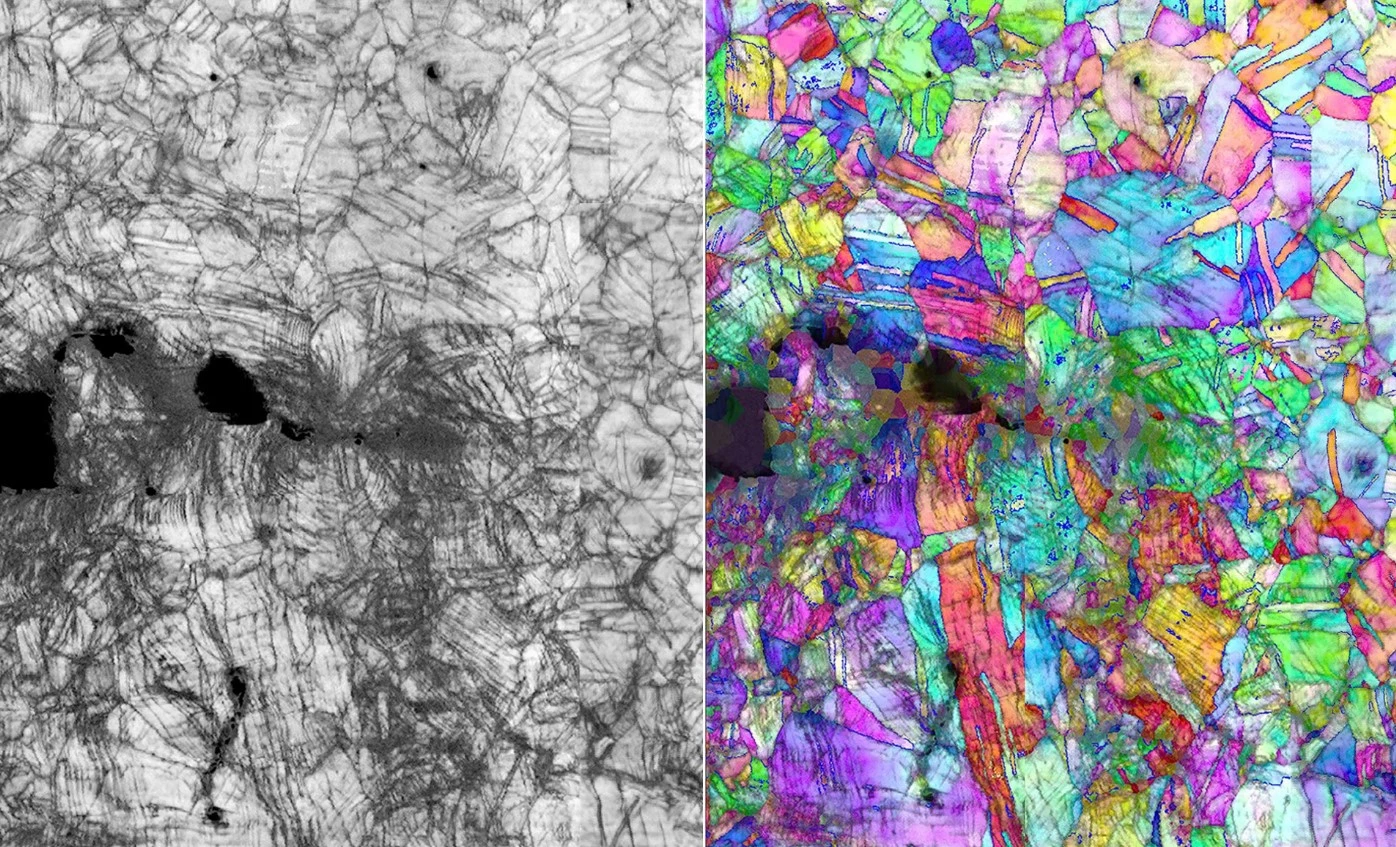
In the material sciences, a simple alloy of chromium, cobalt and nickel (CrCoNi) developed by a team led by Berkeley Lab claimed the crown for the toughest material ever recorded. It's not only incredibly tough, but has high strength and ductility that, oddly enough, improves at colder temperatures.
Oldest known heart found preserved in 380-million-year-old fish fossil

A team led byresearchers at Curtin University in Australia have uncovered the oldest known heart. Clocking in at 380 million years old, the fossilized heart, along with a fossilized stomach, intestine, and liver, belonged to an ancient jawed fish, and the heart was remarkably well preserved in three dimensions.
"Once-in-a-millennium" rogue wave crashes into the record books

A rather alarming record was announced by Canada's MarineLabs, whose CoastAware network recorded a "once-in-a-millennium" rogue wave off the coast of Ucluelet on Vancouver Island in November 2020. The wave reached a height of 17.6 m (57.7 ft), which made it a four-story behemoth that any sane mariner would prefer to give a wide berth.
Longest lightning strike on record stretches 477 miles over three US states

Another alarming record breaker comes from the World Meteorological Organization (WMO), which certified the longest-ever lightning strike. Detected by satellite in April 2020, the giant lightning bolt measured in at 768 km (477 miles) long.
Teenager's "incurable" leukemia cured by new base editing gene therapy
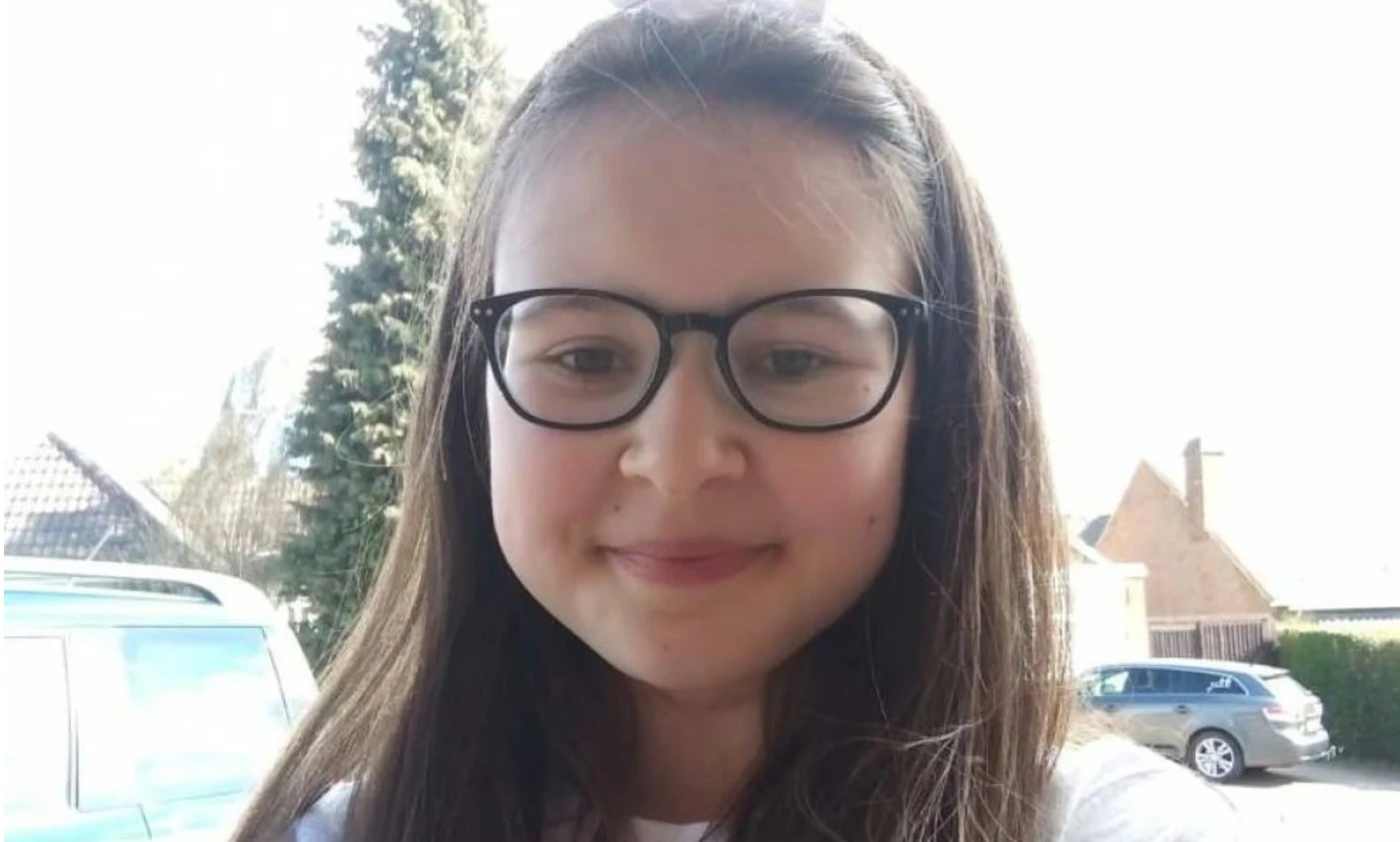
A real good news science story comes from the UK, where a teenager became the first person to have their leukemia effectively cured by means of a revolutionary new gene editing therapy that added several novel modifications to T cells supplied by a healthy donor.
Chimp study refutes prevailing theory on origins of bipedalism

If you've ever wondered how humans learned to walk, a new answer comes from scientists from University College London, the University of Kent, and Duke University in North Carolina, who studied chimpanzees and concluded that early hominids may have come to walk upright by moving through trees.
Octopuses hurl objects in rare example of animal throwing behavior

On the mollusk front, scientists from the University of Sydney have discovered that octopuses are one of the few creatures on Earth that throw things, though their aim isn't that good.
Synthetic embryos grown from stem cells don't need sperm or eggs
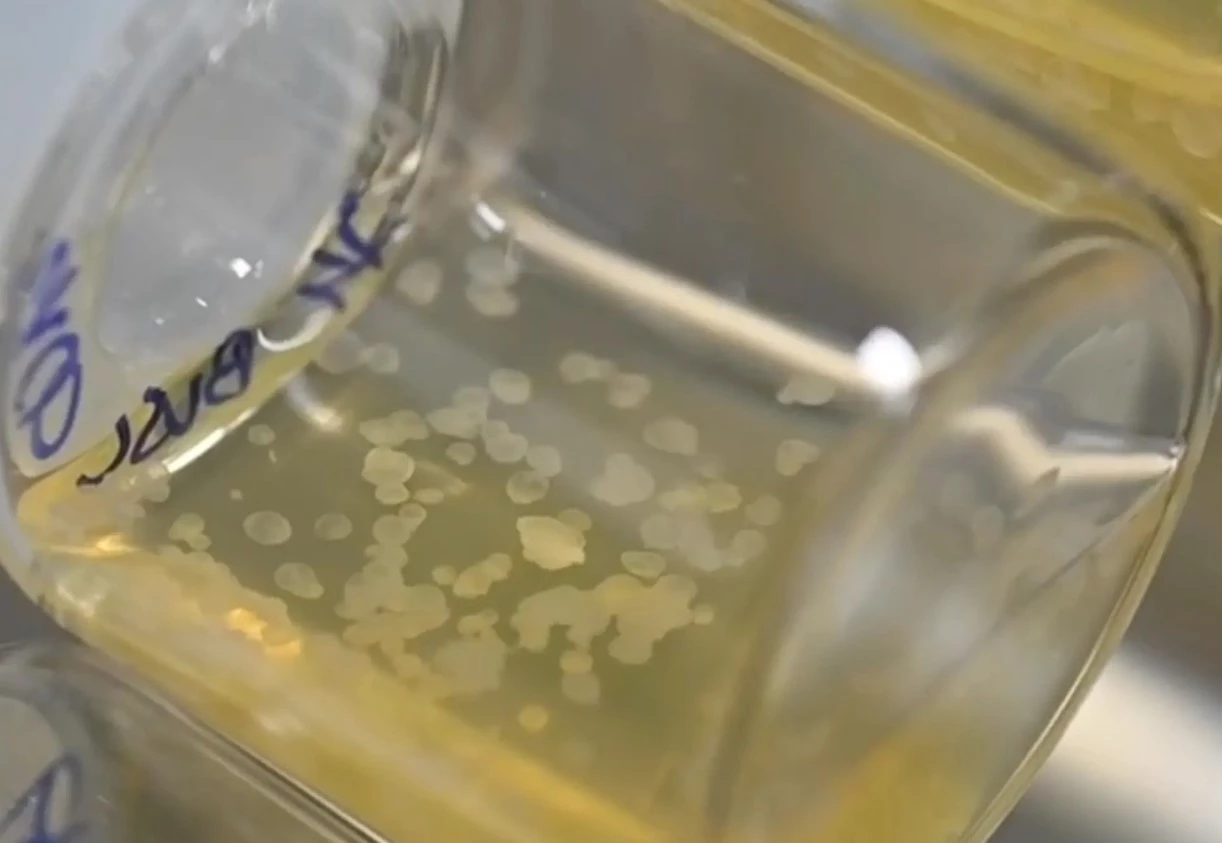
In Israel, the Weizmann Institute of Science has created synthetic mouse embryos from stem cells instead of eggs, sperm, or even a womb. This non-traditional approach opens the way for advanced medical treatments and the potential to grow transplant organs from scratch.
Womb with a view: EctoLife baby farm eliminates pregnancy and labor
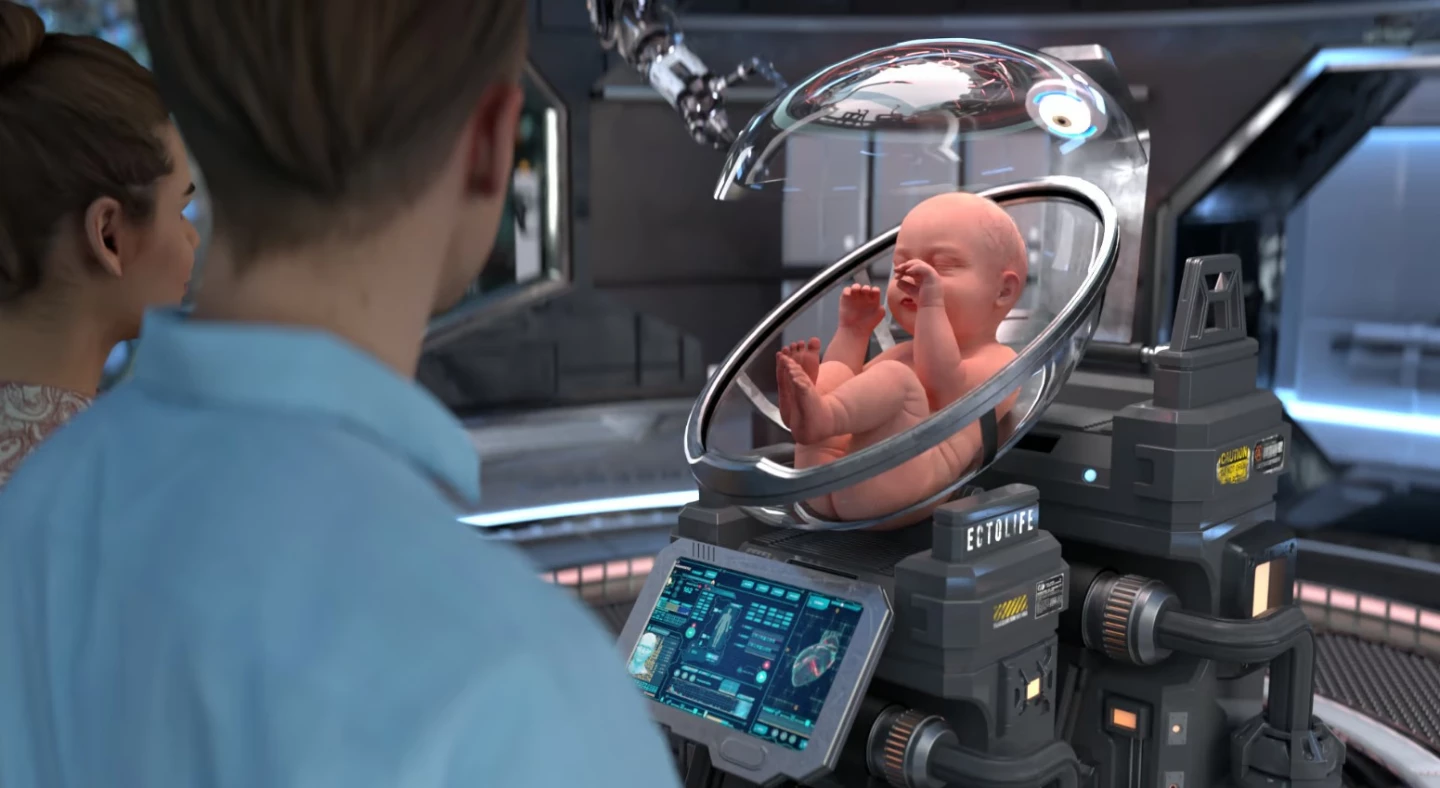
Not to be outdone, Berlin-based "producer, filmmaker and science communicator" Hashem Al-Ghaili released his vision of a future world's EctoLife Artificial Womb Facility where babies are incubated in artificial wombs without the need of a mother. It may seem like a page out of Aldous Huxley's Brave New World, but it does raise some interesting questions about assessing a new technology before it hits the market.
First-ever recording of dying human brain reveals dreaming-like activity

At the other end of the vital spectrum, neuroscientists organized by the University of Louisville have made the first recording of the activity of a dying human brain. The brain wave patterns appear to be similar to those associated with dreaming, memory recall and meditation. The findings come with a lot of caveats, but it does open some interesting topics for discussion.
